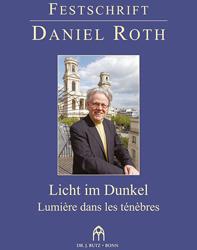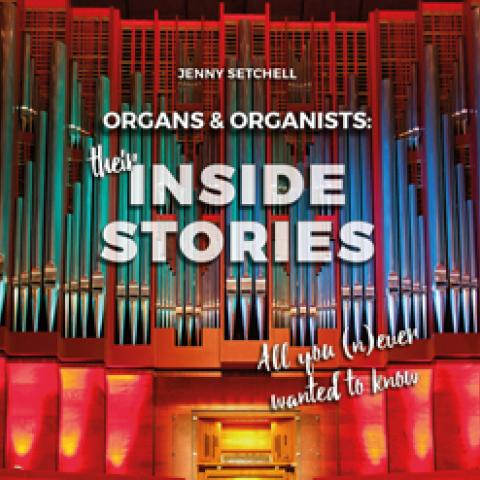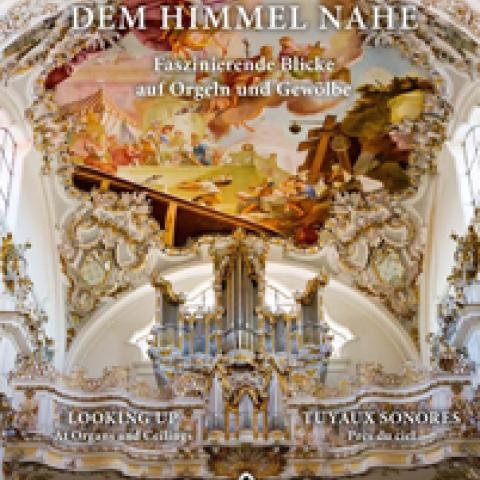
Dr. J. Butz-Musikverlag announces the publication of a festschrift to celebrate the 75th birthday of Daniel Roth, organist of St-Sulpice Church, Paris, France.
Licht im Dunkel—Lumière dans tes ténèbres, edited by Prof. Dr. Birger Petersen, contains essays in German with short synopses in French and English. Authors include Yannick Merlin, Kurt Lueders, Michael Grüber, George Baker, and others. The book contains 432 pages, hardcover, with numerous photographs, musical examples, and organ specifications. Included is a CD recording of the premiere of Roth’s Missa beuronensis, with the Mönchschola Beuron and Daniel Roth, organ, at the Beuron Archabbey in Germany. For information: www.butz-verlag.de (order no. BuB 23), or www.organsociety.org.
Also in production is a separate CD of Roth playing organ works by Bach, Saint-Saëns, Widor, and improvisations on the organ of Saint Sulpice. The Missa beuronensis is also included in this recording. For information: michael.grueber@gmx.de.







